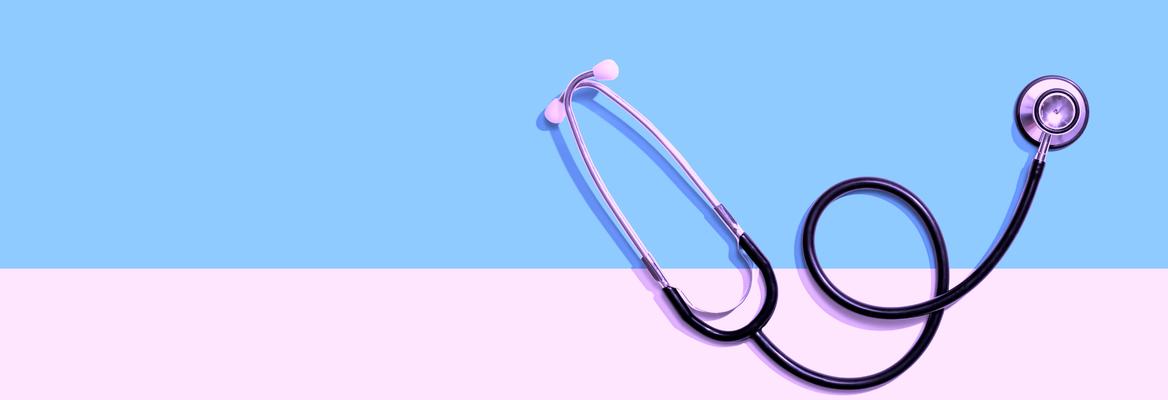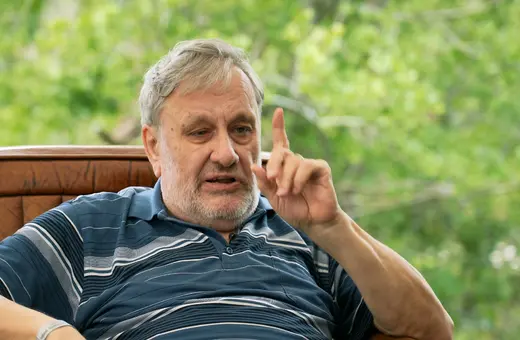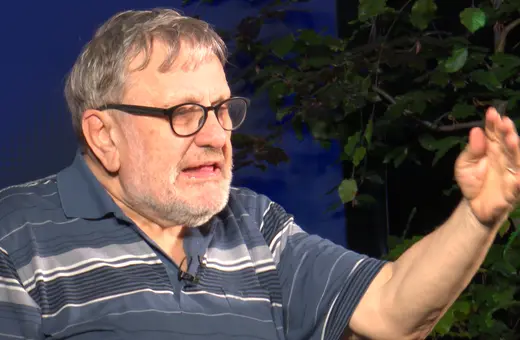Revolutionary breakthroughs in technology, the rise of neoliberalism, and the dazzling progress of medicine have shaped our world like never before. From astonishing advancements to hidden pitfalls, this thrilling exploration delves into the captivating narrative of progress and its unintended consequences. But David Healy argues that amidst the allure, we must confront the ethical dilemmas and societal implications of unchecked advancements, urging us to tread cautiously.
Since the Second World War, we have seen a creation of previously unimaginable armaments, developments in computing and the internet, along with medical advances, including era defining pharmaceuticals. We now face an emergence of Artificial Intelligence (A.I.), which may be the most extraordinary of all, not least in the health domain.
We view these as technologies. Techne originally referred to the principles involved in making something or obtaining an objective, instantiated in machines or code. Techne is also the origin for techniques whose impact on us has been just as profound as that of technologies.
Advances in both our technical and technological capacities and imagination have coincided with political and economic developments often called neoliberalism, and medical developments we might call neomedicalism.
Neoliberalism, for many, is synonymous with capitalism and markets. Its supporters claim that combining capitalism and markets creates a dynamic process that has produced unprecedented innovation. Its doubters point to an ineluctable logic driving extraordinary transfer of wealth from the many to the few.
Many of the ills of modern society are ascribed to neoliberalism but there is no diagnosis, no picking out of an essential and remediable feature. Transposing the dynamics to a medical setting may allow us to make a diagnosis and intervene. But first what is Liberalism?
Ur Liberalism
Liberalism, initially predicated on individual rights, liberty, and choice in respect of religious belief, later endorsed the freedom to choose found in free markets. Adam Smith borrowed the ideas of ‘laissez faire’ and entrepreneurs from French physiocrats, many of them doctors like François Quesnay, who argued that society, like human bodies and nature, could self-regulate. A growing pace of technological developments to supply new markets led to the French revolution, in which modern clinical medicine and public health were born.
After the Revolution, industrialization and urbanization came into the frame, along with a displacement from and alienation from machine-work. In Lyon, Ėtienne Cabet founded a communist party, and research by Louis Villermé on the health of craftsmen transitioning to machinists established public and occupational health. Borrowing from Villermé, Friedrich Engels wrote The Condition of the Working Class in England, more a public health than a political tract.
___
Government cannot become entirely bureaucratic. It needs an element of leadership.
___
In 1848, a growing unrest among workers triggered revolutions across Europe. Liberalism and communism joined in a vision of a wealthy land-owning class (State) withering away.
Marx, with Engels as a co-author, borrowing the word communism from Cabet, and capitalism which was linked to market, rushed out a manifesto. Noting the role of technologies in industrialization and alienation, he put more emphasis on capital than technology as the driver of events. He saw a new plutocracy replacing the old aristocracy, but believed this would be unsustainable and that alienation would bring a new class to power.
A science-based medicine, with laboratory technologies and public health techniques, was born in the years leading up to 1848. It used technologies to diagnose biological lesions linked to significant dysfunction, such as tuberculosis or psychosis, in order to justify therapeutic mutilation (surgery) or poisoning (drug treatment).





















Join the conversation